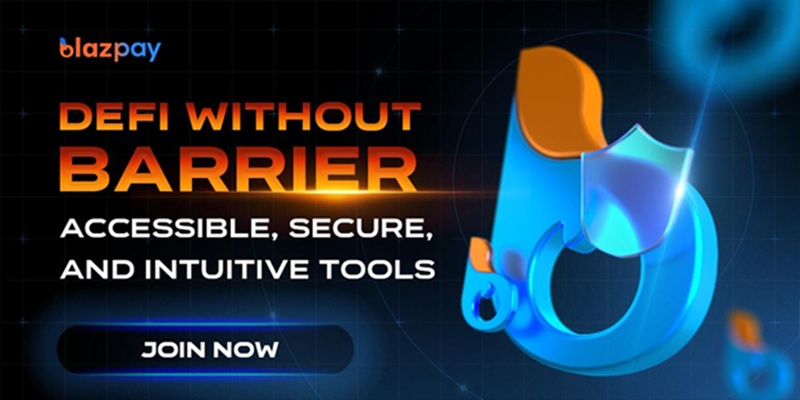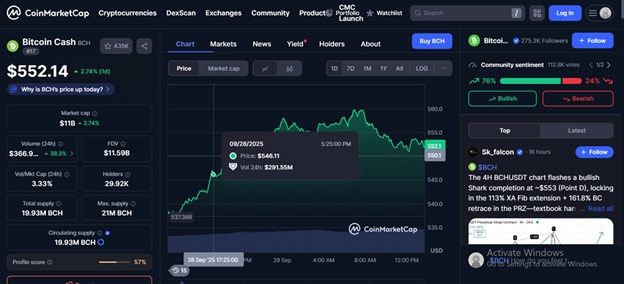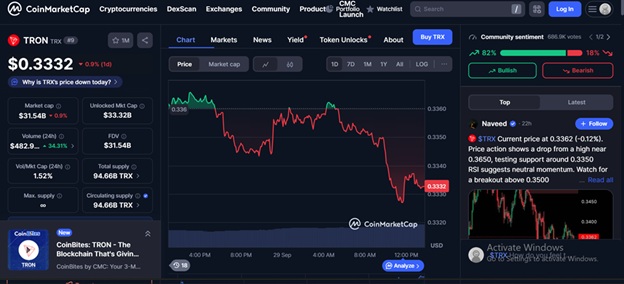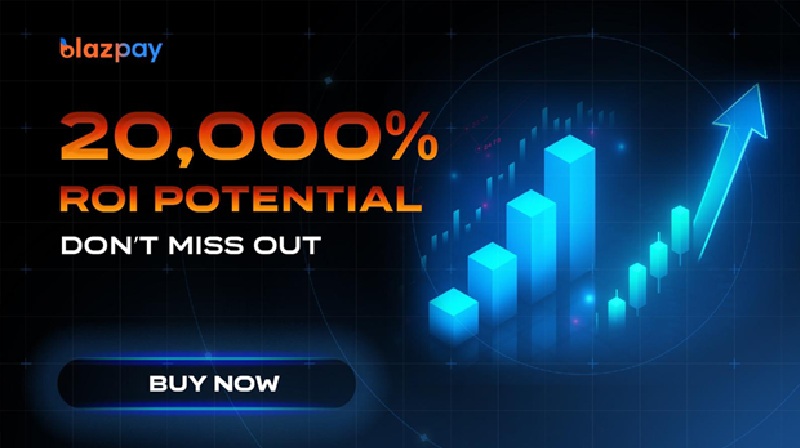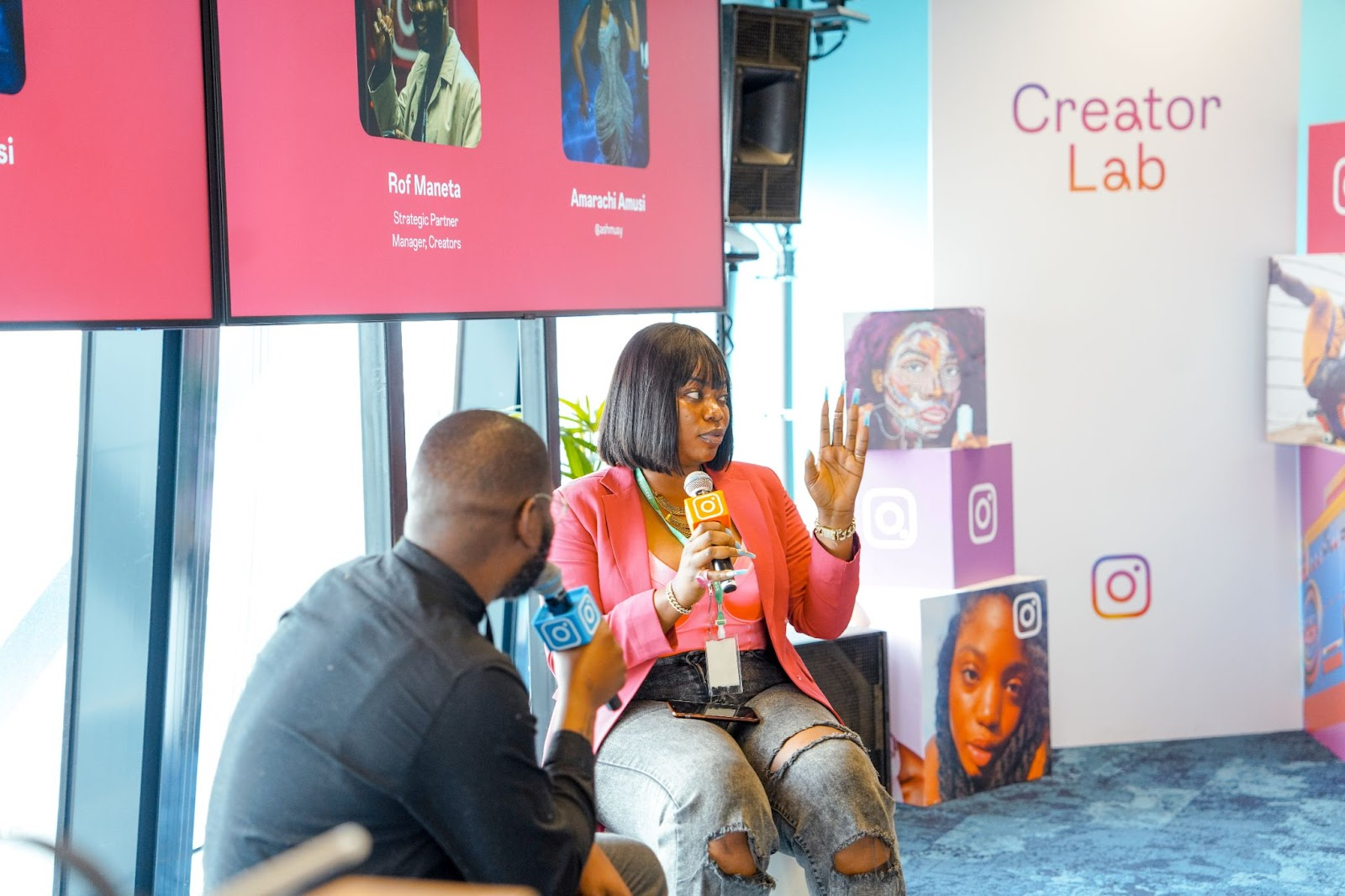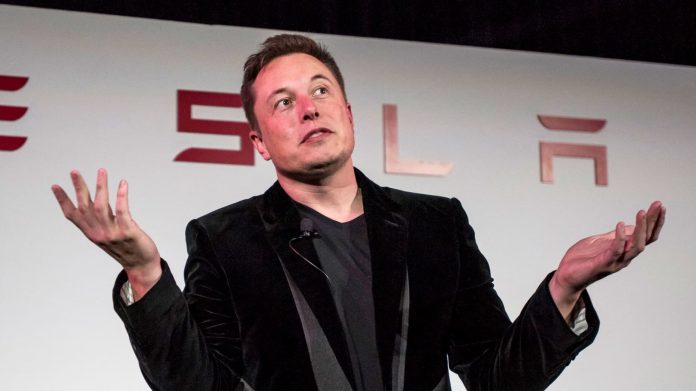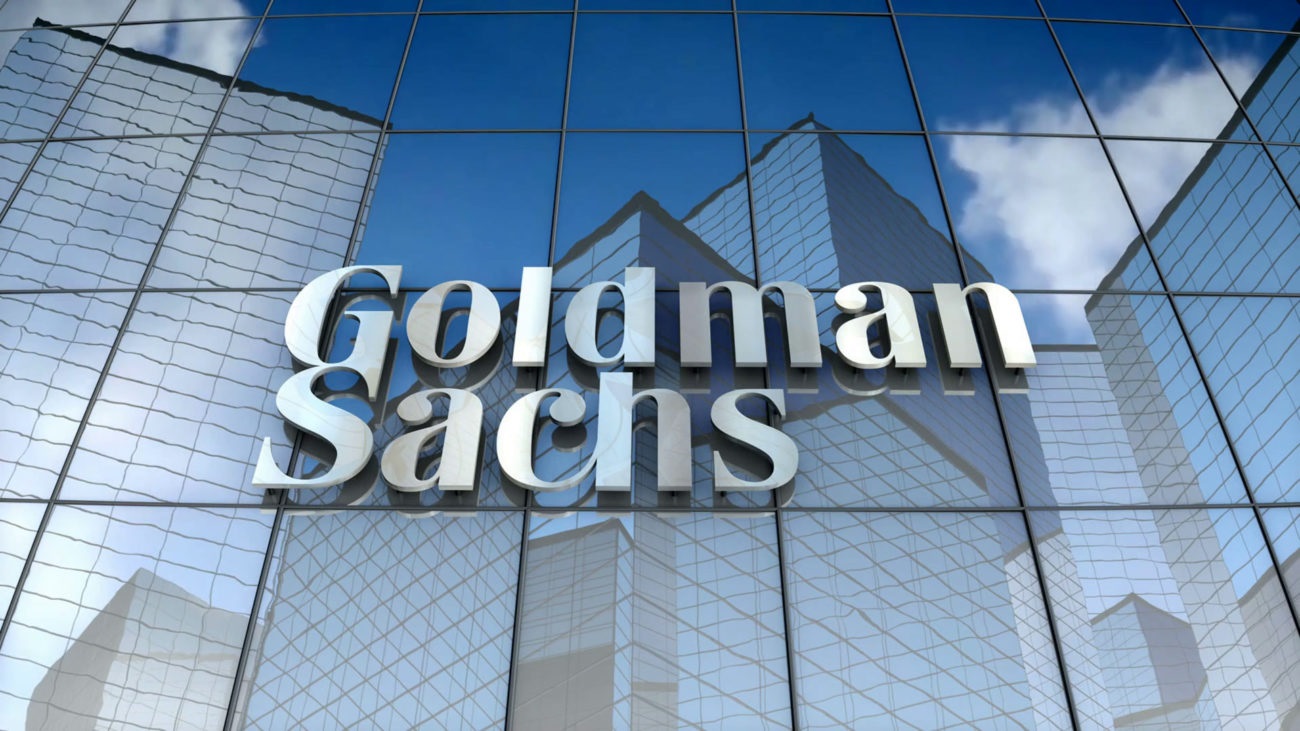As 2025 races to a close, the world of token presales is hotter than ever, and the landscape is packed with opportunities for both newcomers and seasoned DeFi enthusiasts. At the forefront is Blazpay ($BLAZ), the DeFi powerhouse combining multi-chain interoperability and gamified rewards, designed to make decentralized finance not just accessible but exciting and rewarding.
Alongside $BLAZ, Ergo (ERG), and Kujira (KUJI) are also gaining traction, offering privacy-focused, energy-efficient, and accessible DeFi solutions. Together, these coins represent some of the best presale opportunities in crypto, with the potential for massive growth and even top 100x crypto presale returns for those who participate early.
The race is on, and the clock is ticking. Whether you’re looking to diversify your crypto portfolio, experience cutting-edge DeFi utilities, or catch the next top 100x crypto presale, these token presales demand your attention. With Blazpay’s innovative ecosystem and the rising appeal of Ergo and Kujira, 2025 is shaping up to be a breakthrough year for token presales, bridging fragmented DeFi ecosystems and redefining how users interact with blockchain technology.
Blazpay ($BLAZ): Multi-Chain + Gamified Rewards
$BLAZ isn’t just a token; it’s a DeFi ecosystem that rewards engagement and enables cross-chain freedom. Here’s a breakdown of the two utilities featured in this article:
- Multi-Chain Native
$BLAZ is chain-agnostic from day one, allowing users to interact seamlessly across multiple blockchain networks.
Traders, NFT enthusiasts, and DeFi participants can move assets, manage portfolios, and perform trades without worrying about compatibility, wallets, or bridges.
This cross-chain interoperability reduces friction, connecting fragmented DeFi ecosystems and empowering users to operate in a unified environment.

- Gamified Rewards
$BLAZ incentivizes active participation with interactive rewards, badges, and point systems.
Users earn tokens for engaging with trading, NFT activities, or portfolio management.
These gamified mechanics encourage retention, increase user engagement, and make the DeFi experience fun while rewarding consistent activity.
$BLAZ focuses on multi-chain flexibility and gamified incentives ensure users don’t just transact, they participate, learn, and grow within a thriving ecosystem.
Ergo (ERG): Privacy-Focused & Community-Driven
Ergo continues to stand out with its privacy-first blockchain and eco-friendly design. Its privacy-preserving smart contracts enable confidential transactions and secure DeFi operations, while its energy-efficient Proof-of-Work (PoW) protocol, Autolykos, promotes sustainable mining and minimizes ASIC advantage. Community governance allows token holders to participate in proposals and protocol upgrades, and flexible smart contracts make Ergo ideal for developers building niche applications.
Ergo is a strong pick for those seeking privacy, sustainability, and governance-driven presale opportunities. Currently trading around $0.72 with modest gains, the network remains active with community events, including meetups on October 11, 2025. While no major protocol upgrades have been released recently, ongoing ecosystem support, market maker involvement, and steady community activity signal a cautiously optimistic outlook for Ergo’s growth.
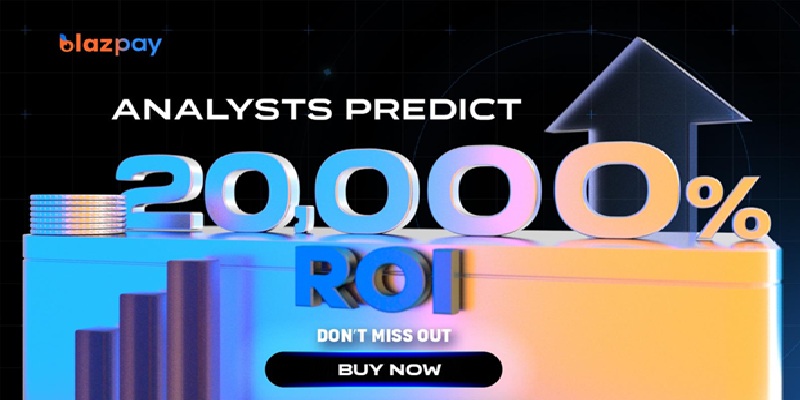
Kujira (KUJI): Accessible & Rewarding DeFi
Kujira has partnered with Fusion, Unstake, and Wink to form the Rujira Alliance, building a new DeFi app layer on THORChain powered by the RUJI token. The platform aims to deliver advanced services like order books, perpetual contracts, NFTs, and loans across eight chains, simplifying DeFi while maximizing rewards.
Despite recent price challenges, dropping over 70% in 24 hours and down 90% from its all-time high, Kujira remains a strong presale opportunity. With automated trading and risk tools, cross-chain portfolio access, community incentives, and a user-friendly interface, the project is positioned to attract both beginners and seasoned DeFi users, complementing Blazpay’s advanced ecosystem.
How to Participate in Blazpay Presale
- Download a Web3 wallet (MetaMask or Trust Wallet).
- Fund it with ETH, BNB, USDT, or supported tokens.
- Connect to the official Blazpay presale portal.
- Select your $BLAZ tokens and approve the transaction.
- Tokens will be airdropped after the presale concludes.
Blazpay: Redefining the Future of Defi
$BLAZ isn’t just leading the charge; it’s rewriting the rules of DeFi with real-world utility, seamless multi-chain power, and gamified rewards that keep users engaged and earning. While Ergo and Kujira hold their ground as solid secondary presale options, BLAZ stands out as the ecosystem with adoption potential and top 100x crypto presale opportunities of 2025 long-term vision that can’t be ignored.
Phase 1 presales are already live. Spots won’t last forever. Step into the $BLAZ revolution today and claim your place at the front of DeFi’s next big wave..
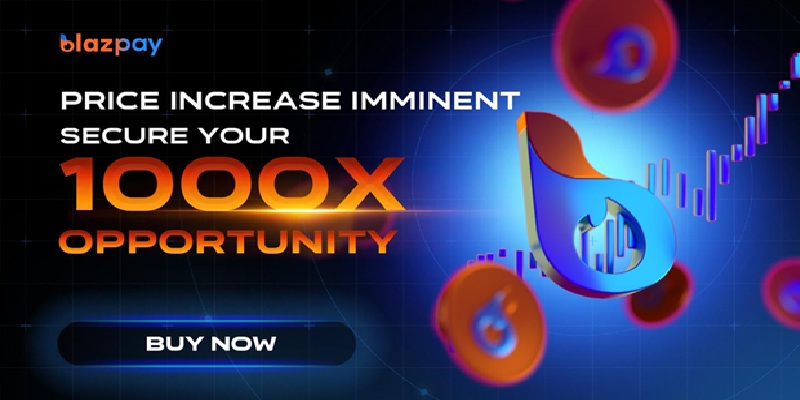
FOR MORE INFORMATION, VISIT
- Website: https://blazpay.com
- Twitter: https://x.com/blazpaylabs
- Telegram: https://t.me/blazpay
FAQs
Q1. What is the current price of Blazpay ($BLAZ)?
Phase 1 presale starts at $0.006 per token, increasing by 25% in each subsequent stage.
Q2. How does Blazpay compare to Ergo and Kujira?
Blazpay offers multi-chain interoperability and gamified incentives, while Ergo focuses on privacy and sustainability, and Kujira on accessible DeFi and automation.
Q3. Are the presales global?
Yes, accessible worldwide (UAE, UK, EU), subject to local regulations.
Q4. How is the presale structured?
The token price increases every 14 days or when allocated tokens sell out, rewarding early participants.




